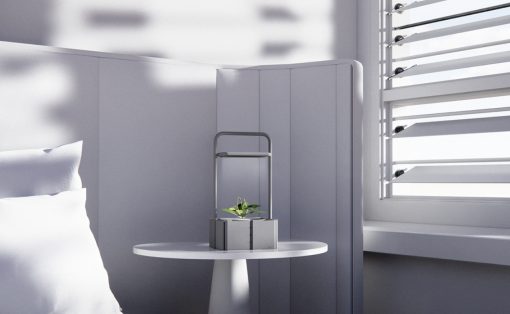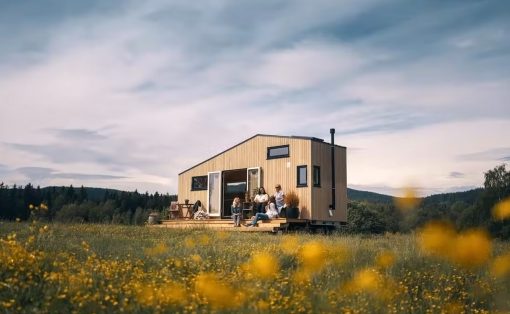
Construction is something that we probably cannot do without as we continue to build houses, buildings, and other structures. The quest for coming up with sustainable construction is ongoing as we look for materials that are eco-friendly and the process in creating them to be as sustainable as possible. There are a lot of waste in our world that can actually be used for other purposes instead of just becoming biomass as they are mostly used now. A breakthrough in terms of interior wall cladding is now available and it comes from the most unlikeliest of sources: corn cobs.
Designer: StoneCycling and Studio Nina van Bart


CornWall is an alternative to interior wall cladding that uses organic corn cobs, subjecting them to up to 150 degrees Celsius so as to activate and create “strong bonds”. Aside from using sustainable materials, the heating process is also eco-friendly as it uses sustainable energy. The electric heating process uses the solar panels on their factory’s roof. So from the materials to the process itself, we are seeing something that will lessen or leave no carbon footprints at all.


Mostly corn cobs are left on the fields or fermented or burned as biomass. But with this process, they are able to turn them into wall cladding. It is better than the usual ceramic wall cladding that is used or even composite materials like high pressure laminate (HPL). Another advantage to this is that it is able to store more carbon dioxide because of the absorbed CO2 already in it. It is also 100% reusable as it can be removed from interiors through the demountable anchoring system.


Based on the product photos, it doesn’t look much different from the usual wall cladding. It actually looks like those cork coasters that we’re seeing now. It comes in different colors loke DarkBlue, MustardYellow, TerracottaPink, etc. Hopefully we see even more construction materials that use sustainable materials and processes so we can have an industry that is more eco-friendly.







